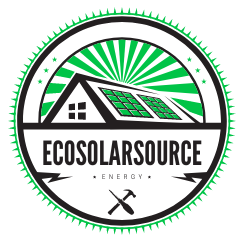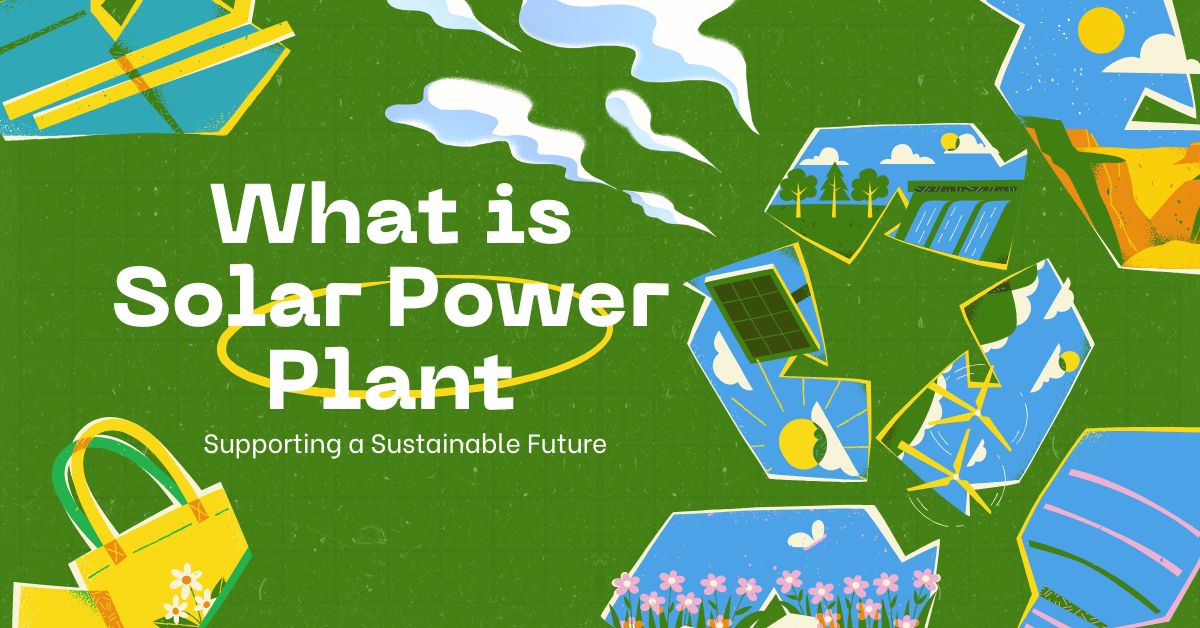What is Solar Power Plant
Know the details about What is Solar Power Plant, A solar power plant is designed to harness sun energy and convert it into electricity. Using photovoltaic (PV) panels or solar thermal systems, the plant captures sunlight and transforms it into usable power.
Photovoltaic panels directly convert sunlight into electrical energy, while solar thermal systems use mirrors or lenses to concentrate sunlight, producing heat to generate electricity. Solar power plants are eco-friendly and sustainable, significantly reducing greenhouse gas emissions. They can be large-scale, serving entire communities, or smaller systems for individual homes or businesses, promoting renewable energy as a viable alternative to fossil fuels.
Table of Contents
What is a Solar Power Plant
Solar energy has emerged as one of the most promising renewable sources in the fight against climate change and the growing global demand for energy. A solar power plant harnesses the sun’s energy and converts it into electricity, which can power homes, industries, and entire communities. Solar power plants, also known as solar farms or solar parks, play a crucial role in shifting the world away from reliance on fossil fuels, reducing carbon emissions, and promoting a more sustainable future.
In this detailed article, we will explore the fundamentals of solar power plants, their working principles, types, benefits, challenges, and their role in shaping the future of global energy.
Introduction to Solar Power
Before diving into the specifics of a solar power plant, it’s important to understand what solar energy is and how it can be utilized. Solar energy is radiant light and heat from the sun that can be a harnessed using a variety of technologies, including photovoltaic (PV) cells, solar thermal systems, and solar power plants.
Solar power is clean, abundant, and renewable. It offers an alternative to conventional energy sources such as coal, oil, and natural gas, which are finite and have adverse environmental impacts. Solar power plants are designed to capture sunlight and convert it into usable electricity.
Working Principle of Solar Power Plants
At its core, a solar power plant works by converting sunlight into electricity. This process typically involves the use of photovoltaic (PV) panels or concentrated solar power (CSP) systems. Let’s break down the working principles of each:
Photovoltaic (PV) Solar Power Plants
PV solar power plants are the most common type of solar power generation facility. They operate by utilizing solar panels made up of many individual solar cells. These solar cells are primarily composed of semiconductor materials, typically silicon, which generate electricity when exposed to sunlight. This process is known as a photovoltaic effect.
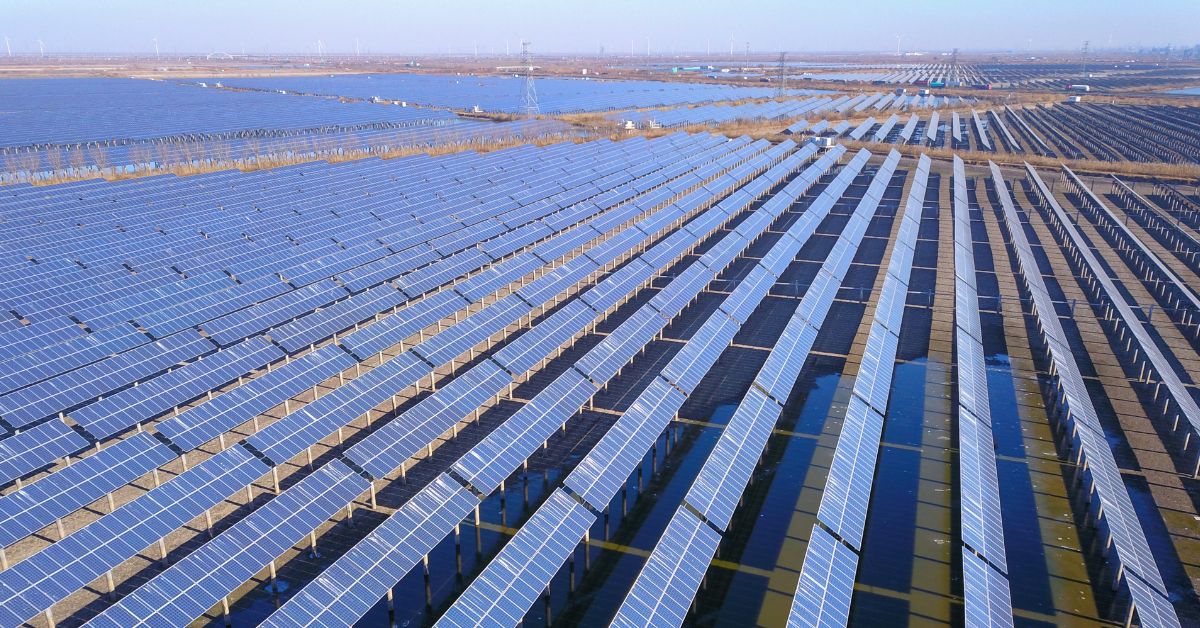
Here’s a simplified step-by-step process of how a PV solar power plant works:
- Solar Energy Absorption: Sunlight hits the PV panels, and the semiconductor materials within the solar cells absorb the photons (particles of light).
- Generation of Electrons: When the semiconductor absorbs sunlight, it causes electrons in the material to become excited and move freely, creating an electric current.
- Direct Current (DC) Output: The PV cells generate direct current (DC) electricity, where the electric charge flows in one direction.
- Inverter Conversion: Since most appliances and power grids operate on alternating current (AC), the DC electricity from the solar panels is converted into AC using an inverter.
- Electricity Distribution: The AC electricity is then transmitted to the power grid or used to power homes and businesses directly.
Concentrated Solar Power (CSP) Plants
Concentrated Solar Power (CSP) plants use a different method to generate electricity. Instead of converting sunlight directly into electricity using PV panels, CSP plants use mirrors or lenses to focus sunlight onto a small area, usually a receiver, which heats a fluid (such as water, molten salt, or oil). The heated fluid produces steam that drives a turbine connected to a generator, creating electricity.
There are four main types of CSP technologies:
- Parabolic Troughs: Curved mirrors focus sunlight onto a receiver tube filled with a heat-absorbing fluid.
- Solar Power Towers: Thousands of mirrors, called heliostats, concentrate sunlight onto a central receiver mounted on a tower, where a fluid is heated to generate steam.
- Linear Fresnel Reflectors: These use long, flat mirrors to focus sunlight onto tubes that contain a heat-transfer fluid.
- Dish Stirling Systems: Parabolic dish-shaped mirrors focus sunlight onto a receiver that contains a heat engine (like a Stirling engine), which generates mechanical power converted into electricity.
CSP plants are typically large-scale operations that require significant space and are often located in deserts or areas with ample sunlight.
Types of Solar Power Plants
There are several types of solar power plants based on the technology used, size, and location. Below are the major types of solar power plants:
Utility-Scale Solar Power Plants
Utility-scale solar power plants are large installations designed to generate massive amounts of electricity, usually to supply power to the electrical grid. These plants can produce anywhere from a few megawatts (MW) to several gigawatts (GW) of power.
Key features of utility-scale solar power plants:
- Large land requirements (often in rural or desert areas).
- They can use both PV and CSP technologies.
- Their electricity output is often fed into the public power grid, benefiting a large population.
Distributed Solar Power Plants
Distributed solar power plants are smaller installations that are typically installed on rooftops of homes, businesses, or industrial facilities. These systems are connected to the grid and can supply electricity to the building while also sending excess power back to the grid.
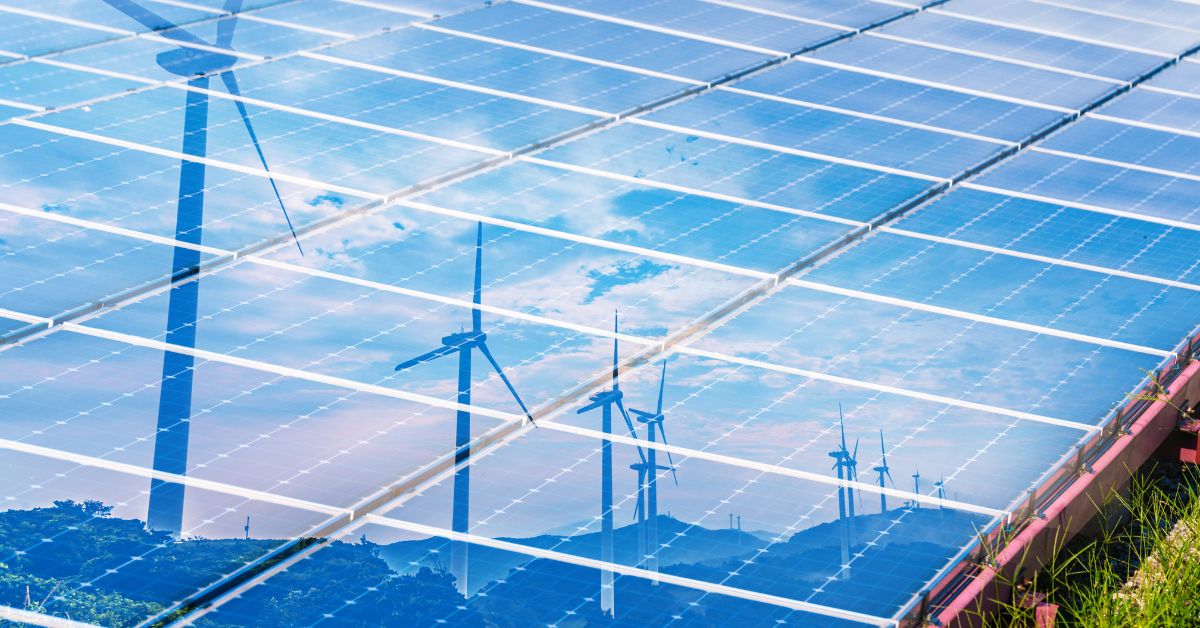
Features of distributed solar power plants:
- Usually PV panels.
- Ideal for reducing energy costs for individual buildings.
- They help decentralize energy production, reducing strain on centralized grids.
Floating Solar Power Plants
Floating solar power plants, also known as floating photovoltaics (FPV), involve solar panels mounted on structures that float on water bodies like lakes, reservoirs, or ponds. This emerging technology offers several advantages, such as cooling effects from the water, reduced land use, and potential for energy generation in areas where land is scarce.
Advantages of floating solar power plants:
- Reduced evaporation from water bodies.
- Increased efficiency due to cooling from the water.
- Provides an alternative for regions with limited land availability.
Hybrid Solar Power Plants
Hybrid solar power plants combine solar energy with other renewable energy sources, such as wind or geothermal, or integrate energy storage systems (such as batteries). This combination helps ensure a more stable and reliable energy supply, even when sunlight is unavailable.
Key benefits:
- Hybrid systems can provide continuous power by balancing fluctuations in solar energy availability.
- Battery storage ensures electricity is available during nighttime or cloudy periods.
Key Components of a Solar Power Plant
A solar power plant is made up of several key components that work together to convert sunlight into usable electricity:
Solar Panels
The heart of any solar power plant is its solar panels. These panels consist of individual solar cells made from semiconductor materials, typically silicon. Solar panels come in different types, including monocrystalline, polycrystalline, and thin-film panels, each with varying efficiencies and costs.
Inverters
Inverters are essential components of PV solar power plants. They convert the DC electricity generated by solar panels into AC electricity, which is compatible with the grid and household appliances.
Mounting Structures
Solar panels are installed on mounting structures that ensure the panels are properly angled to capture the maximum amount of sunlight. Mounting structures may be fixed or equipped with solar trackers that adjust the panel’s orientation to follow the sun’s movement throughout the day.
Solar Batteries (Optional)
In solar power plants with storage capabilities, batteries are used to store excess electricity generated during the day for use during cloudy periods or nighttime. Battery storage systems can provide backup power and help stabilize the grid by balancing supply and demand.
Transformers and Substations
The electricity generated by a solar power plant is typically at a lower voltage than what is required for the grid. Transformers are used to step up the voltage, and substations distribute the electricity to the grid.
Advantages of Solar Power Plants
Solar power plants offer numerous advantages that make them an increasingly popular choice for electricity generation. Some of the key benefits include:
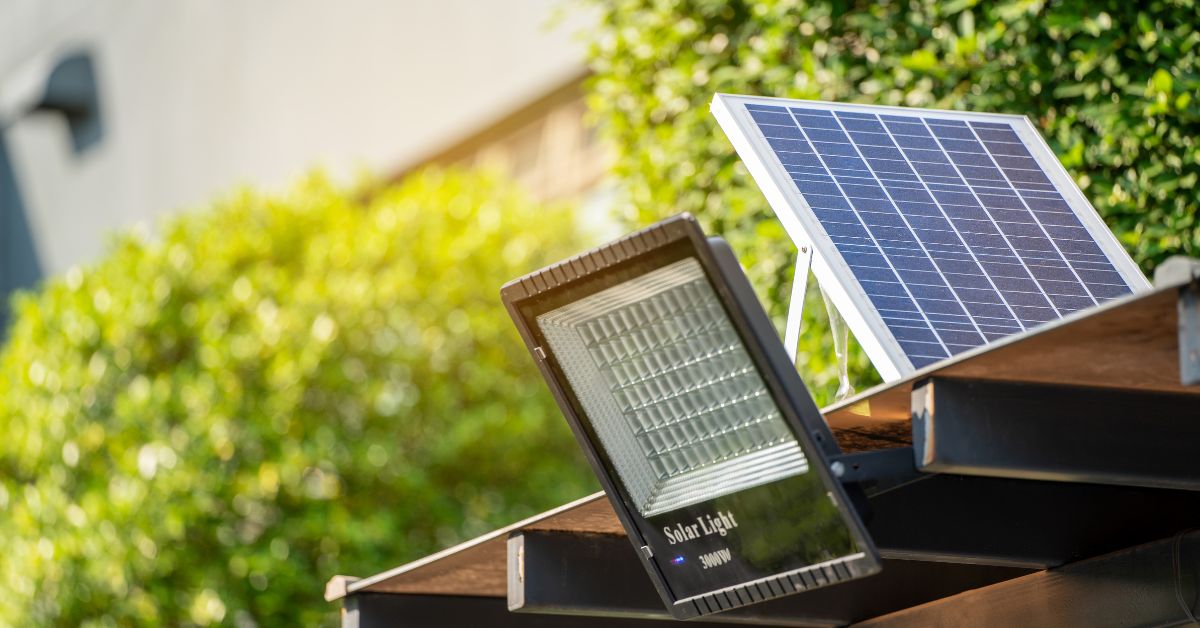
Renewable and Sustainable
Solar energy is virtually a inexhaustible. Unlike finite fossil fuels, the sun will continue to provide energy for billions of years. Solar power plants help reduce reliance on depleting energy sources.
Environmentally Friendly
Solar power is one of the cleanest energy sources available. It generates electricity without releasing harmful pollutants, greenhouse gases, or particulate matter. This makes solar power plants a vital tool in combating climate change and reducing air pollution.
Reduced Energy Costs
Once a solar power plant is built, the cost of generating electricity is minimal. Sunlight is free, and maintenance costs are relatively low. This leads to lower energy costs over time, benefiting both consumers and businesses.
Energy Independence
Countries and communities that invest in solar power plants can reduce their dependence on foreign energy imports. Solar power enables greater energy security by relying on a locally available resource.
Job Creation
The construction, operation, and maintenance of solar power plants create a wide range of job opportunities in areas such as manufacturing, installation, engineering, and research.
Scalability
Solar power plants can be scaled to meet a wide range of energy demands. Whether it’s a small rooftop installation or a massive utility-scale project, solar power plants can be adapted to suit various needs.
Challenges and Limitations of Solar Power Plants
While solar power plants offer numerous benefits, they also face certain challenges and limitations that must be addressed:
Intermittency
Solar power is an intermittent energy source, as it depends on sunlight, which is not available 24/7. Cloudy weather, nighttime, and seasonal variations can affect electricity generation.
Land Use
Utility-scale solar power plants require large amounts of land, which may lead to conflicts with agriculture, wildlife habitats, or urban development. However, innovative solutions like floating solar farms and rooftop installations can help mitigate this issue.
Energy Storage
Without energy storage systems, solar power plants can struggle to provide continuous electricity. The development of efficient, cost-effective battery storage technologies is critical to overcoming this limitation.
Initial Costs
The upfront cost of building a solar power plant, including purchasing and installing solar panels, inverters, and other components, can be high. However, these costs are offset over time by low operating expenses and declining solar technology prices.
Transmission and Grid Integration
In some cases, solar power plants are located in remote areas far from population centers. This requires extensive transmission infrastructure, which can be costly and complex to implement.
Future of Solar Power Plants
The future of solar power plants looks bright, as technological advancements continue to drive down costs and improve efficiency. Several trends are shaping the future of solar power:

Technological Innovations
New materials, such as perovskites and bifacial solar cells, are increasing the efficiency of solar panels. Innovations in solar tracking systems and inverters are also helping optimize energy production.
Energy Storage
The integration of energy storage systems, such as lithium-ion and flow batteries, is becoming increasingly important for overcoming the intermittency of solar power. As battery technology improves and becomes more affordable, solar power plants will be able to provide more reliable electricity around the clock.
Smart Grids
The development of smart grid technologies will allow solar power plants to be more easily integrated into the energy grid, enabling better demand response, grid balancing, and energy distribution.
Decentralized Energy Systems
In the future, decentralized solar power systems, including rooftop installations and community solar projects, will play a larger role in energy generation. These systems can reduce the need for long-distance transmission and improve energy access in remote areas.
Government Policies and Incentives
Government policies and incentives, such as tax credits, feed-in tariffs, and renewable portfolio standards, continue to encourage the growth of solar power plants worldwide. As more countries commit to reducing carbon emissions, the demand for solar energy is expected to rise.
FAQs About What is Solar Power Plant
Q1. What is a solar power plant?
A solar power plant is a facility that converts sunlight into electricity using solar panels or other solar technologies. These plants can range from small installations for homes to large-scale solar farms that supply energy to the grid.
Q2. How does a solar power plant work?
Solar power plants work by capturing sunlight with photovoltaic (PV) panels or mirrors (in concentrated solar power systems). The PV cells in the panels convert sunlight directly into electricity, while concentrated solar systems use mirrors to focus sunlight to generate heat, which then powers a turbine.
Q3. What are the types of solar power plants?
The main types of solar power plants are:
Photovoltaic (PV) Solar Plants: Use solar panels to convert sunlight directly into electricity.
Concentrated Solar Power (CSP) Plants: Use mirrors to concentrate sunlight to produce heat and drive a steam turbine.
Q4. What are the advantages of solar power plants?
Solar power plants offer many advantages, including:
Renewable energy source
Reduces carbon footprint
Low operating and maintenance costs
Can be installed in various sizes and locations
Reduces dependence on fossil fuels.
Q5. How efficient are solar power plants?
The efficiency of solar power plants varies based on technology and location. PV solar panels typically have an efficiency of 15-22%, while concentrated solar power (CSP) systems can reach up to 30-40% efficiency. However, efficiency can be affected by factors such as sunlight availability, panel orientation, and temperature.
Q6. How much land is required for a solar power plant?
The amount of land required depends on the plant’s capacity. On average, a solar power plant producing 1 megawatt (MW) of electricity requires about 2-4 acres of land. Larger plants require more space, but rooftop installations can save land.
Q7. What is the lifespan of a solar power plant?
Solar power plants generally have a lifespan of around 25-30 years. Solar panels typically degrade over time, losing about 0.5% to 1% of their efficiency annually. Maintenance and upgrades can extend their useful life.
Q8. Are solar power plants environmentally friendly?
Yes, solar power plants are considered environmentally friendly as they produce clean, renewable energy with no emissions. However, there are environmental considerations such as land use and the impact of manufacturing solar panels.
Q9. What is the cost of building a solar power plant?
The cost of building a solar power plant varies depending on the size, technology, and location. On average, utility-scale solar plants cost around $1,000 to $2,000 per kilowatt (kW) of installed capacity. Costs have been decreasing in recent years due to technological advancements and economies of scale.
Q10. Can solar power plants operate at night or during cloudy days?
Solar power plants cannot generate electricity at night because they rely on sunlight. However, energy storage systems, such as batteries, can store excess energy generated during the day for use at night. On cloudy days, solar plants produce less energy but can still generate some electricity, depending on the cloud cover.
Solar power plants are transforming the global energy landscape by offering a clean, sustainable, and cost-effective source of electricity. While there are challenges to overcome, the rapid advancement of solar technology and supportive policies are driving the expansion of solar power plants around the world.
As we look to the future, solar power plants will play an increasingly critical role in meeting the world’s energy needs, reducing carbon emissions, and promoting environmental sustainability.
Click here to learn more about What is Solar Power Plant
Click here to learn more about Solar Plant Depreciation Rate
